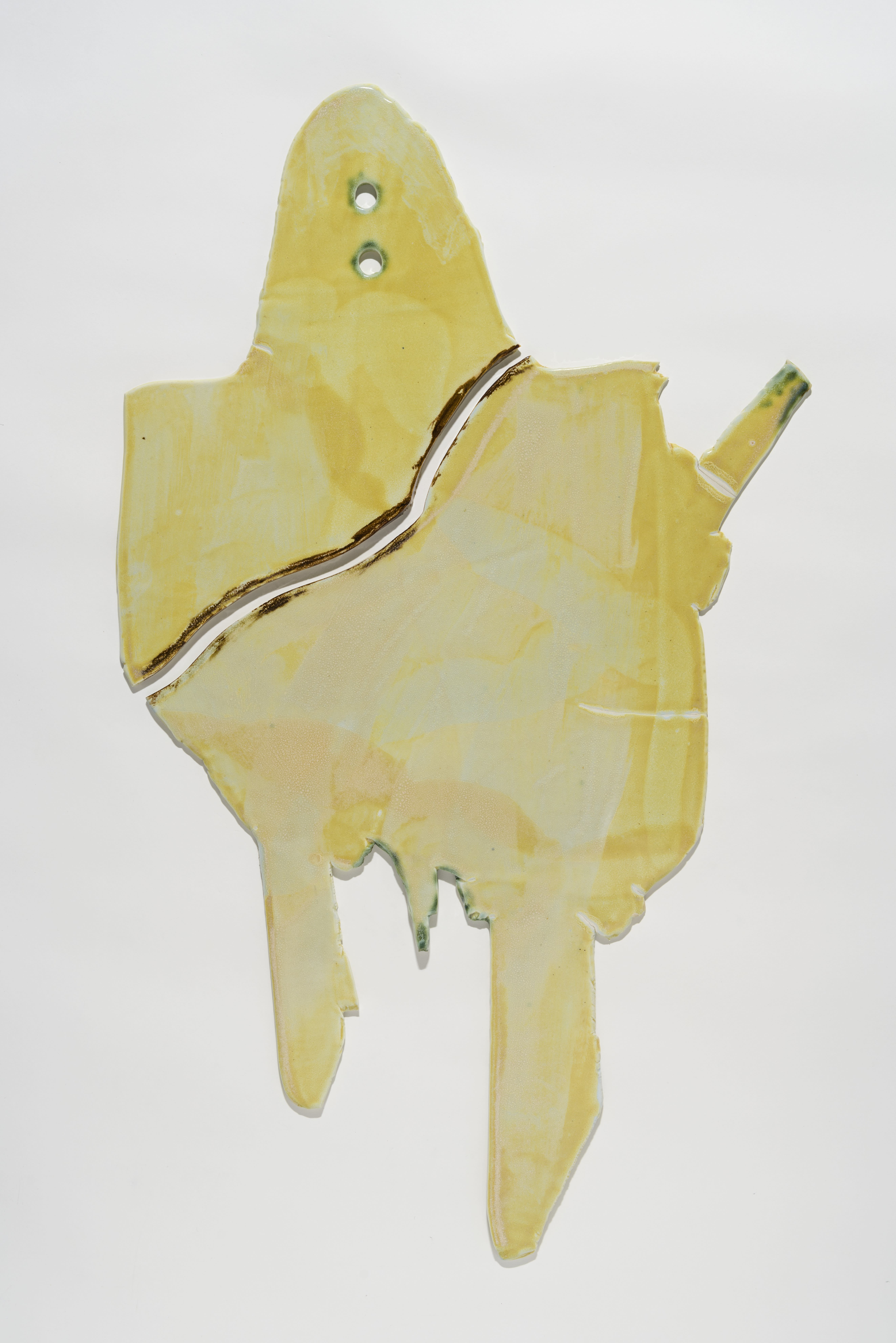Manuel Mathieu in The Vibration of Things: Triennial of Small Sculpture Fellbach, Germany
The 15th edition of the Triennial of Small Sculpture Fellbach deals with the vitality of things.
Things, including artistic objects, are integrated into social and societal contexts. Objects are alive, they vibrate and generate resonance. When they travel, their meanings and values shift. They possess a charge that can change and even disappear.
The exhibition The Vibration of Things by Elke aus dem Moore raises fundamental questions of the present – questions that are central to our coexistence on this planet. Starting from the assumption that objects are vital, living, and bearing power vitality , artistic positions are presented that deal with socially highly topical questions of ownership, interconnectedness, resonance, restitution and responsibility.
Does another form of reality or even truth lie in objects? What social functions and meanings do objects have? What makes us humans want to control or own anything? Objects are also social objects. Objects vibrate, resonate, that is, they possess a charge that can change and even disappear. The conception of objects having agency changes relationships in fundamental ways. Especially against the background of a forced migration of objects, through war and robbery, or other transfers into new social contexts, it becomes clear that relationships between different people, but also their objects, have been violently interrupted.
The current controversy over restitution highlights the urgent need to restore these relationships. Beyond the restitution of property, this includes the recognition of other knowledge systems, including non-cognitive ones. Only in this way can relationships be restored that were and are being driven apart by colonialism, imperialism, and capitalism.
Cultural institutions and events such as the Triennial of Small Sculpture Fellbach bear a special responsibility as they provide spaces in which experiences of resonance can be made. Which forms of reception are necessary to perceive objects in their complexity and liveliness? How do relationships and experiences arise through art objects? How do art objects change through their migration?
Mathieu, Manuel

Manuel Mathieu, Thinking With The Figure, 2022. Courtesy of the artist, image by Selma Gurbuz
The work of artist Manuel Mathieu explores themes of historical violence, erasure, and the visual cultures of physicality, nature, and religious symbolism of his homeland, Haiti. In it, he presents concepts that dance with stories of power that are an ongoing part of African Americans’ and Haitians’ struggle for equality. Mathieu is known for his paintings that depict fluid, expressionistic ghostly figures in pastel colors, which the artist created by manipulating paint with techniques such as scratching, frottage, drawing, dripping, and burning. Using archived material, such as videos and photographs, as a starting point, the works address the fact of erasure, invisibility and narrative voids of Haitian history. His paintings are a way of responding to the challenges of his native country, and show his personal reflections and investigations on these subjects.
In his more recent works, he uses installations as a medium to convey his reflections, combining paintings with ceramic objects and scorched cotton drapes. His installation was recently presented in the exhibition In the Eye of the Storm at the Z33 House for Contemporary Art, Design & Architecture in Belgium, an exhibition responding to the effects of climate change on the Caribbean. Mathieu’s interest in working with ceramics is inspired by the work of Haitian blacksmith and sculptor Georges Liautaud, whose metal sculptures symbolized spiritual gods and myths, combining Voodoo and Christian inspiration. Mathieu’s ceramic figures are abstract in their form, but still embody an animistic and symbolic sensibility. Becoming objects that carry a spiritual value. By creating these mythical objects, the artist reflects on theimportance of preserving the imagination of his homeland, which is not being erased as in the past, but continues to exist through works of art.
Text: Sarie Nijboer; englische Übersetzung: Johanna Schindler
![]()

